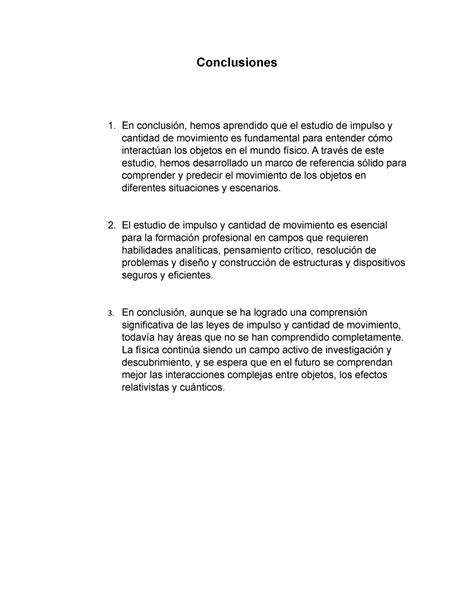Intro
Identify salivary gland infection signs, including swelling, pain, and bad taste. Learn symptoms, causes, and treatments for parotid gland, submandibular gland, and minor salivary gland infections, and discover how to prevent salivary gland stones and abscesses.
Salivary gland infections are a common issue that can cause significant discomfort and pain. The salivary glands, which include the parotid, submandibular, and sublingual glands, play a crucial role in producing saliva that helps to break down food and maintain oral health. However, when these glands become infected, it can lead to a range of symptoms that can be distressing. In this article, we will explore the signs of salivary gland infections, their causes, and what you can do to prevent and treat them.
The importance of recognizing the signs of salivary gland infections cannot be overstated. If left untreated, these infections can lead to serious complications, such as the formation of abscesses, cysts, and even tumors. Furthermore, salivary gland infections can also increase the risk of developing other oral health issues, such as tooth decay and gum disease. By being aware of the signs and symptoms of salivary gland infections, you can seek medical attention early and prevent these complications from arising.
Salivary gland infections can affect anyone, regardless of age or health status. However, certain individuals are more susceptible to developing these infections, such as those with a history of oral health issues, a weakened immune system, or certain medical conditions. Additionally, people who have undergone radiation therapy or have taken certain medications may also be at a higher risk of developing salivary gland infections. By understanding the risk factors and signs of salivary gland infections, you can take proactive steps to protect your oral health and prevent these infections from occurring.
Understanding Salivary Gland Infections

Types of Salivary Gland Infections
There are several types of salivary gland infections, each with its own set of symptoms and characteristics. The most common types of salivary gland infections include: * Parotitis: This is an infection of the parotid gland, which is the largest of the salivary glands. * Sialadenitis: This is a general term that refers to inflammation of the salivary glands. * Submandibular sialadenitis: This is an infection of the submandibular gland, which is located under the jawbone.Signs and Symptoms of Salivary Gland Infections

Cause of Salivary Gland Infections
The causes of salivary gland infections can be divided into two main categories: bacterial and viral. Bacterial infections are the most common cause of salivary gland infections and are often caused by Staphylococcus aureus. Viral infections, on the other hand, are less common and can be caused by a variety of viruses, including the flu and herpes simplex.Treatment Options for Salivary Gland Infections

Prevention of Salivary Gland Infections
Preventing salivary gland infections is crucial to maintaining good oral health. Some ways to prevent salivary gland infections include: * Practicing good oral hygiene, such as brushing and flossing regularly * Avoiding smoking and tobacco products * Eating a healthy diet that is rich in fruits and vegetables * Staying hydrated by drinking plenty of water * Avoiding sugary and acidic foods and drinksComplications of Salivary Gland Infections

Seeking Medical Attention
If you are experiencing any of the signs and symptoms of salivary gland infections, it is essential to seek medical attention promptly. A healthcare professional can diagnose the infection and provide treatment to prevent complications and promote healing.Conclusion and Final Thoughts

We invite you to share your thoughts and experiences with salivary gland infections in the comments section below. Have you or someone you know experienced a salivary gland infection? What were the symptoms, and how was it treated? By sharing your story, you can help others understand the importance of recognizing the signs and symptoms of salivary gland infections and seeking medical attention promptly.
What are the common causes of salivary gland infections?
+The common causes of salivary gland infections include bacterial infections, such as Staphylococcus aureus, and viral infections, such as the flu.
What are the signs and symptoms of salivary gland infections?
+The signs and symptoms of salivary gland infections include pain and swelling in the affected gland, redness and inflammation of the skin over the affected gland, fever and chills, difficulty swallowing or opening the mouth, bad breath and a foul taste in the mouth, and swollen lymph nodes in the neck.
How can salivary gland infections be prevented?
+Salivary gland infections can be prevented by practicing good oral hygiene, avoiding smoking and tobacco products, eating a healthy diet, staying hydrated, and avoiding sugary and acidic foods and drinks.
